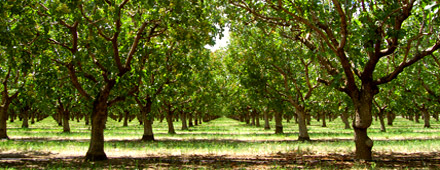LARGE-SCALE STUDY ASSESSES TEMPERATURE-BASED MICROBIAL RISK IN LEAFY GREENS
Fluctuating Temperatures Increase E. Coli, Listeria Risk in Leafy Greens
Source: Food Safety News
A new study has found that fluctuations in temperature during transportation and retail sale of leafy greens negatively impacts both the product’s quality and microbial safety.
In a study published in the February issue of Journal of Food Protection, researchers looked at the growth of E. coli O157:H7 and Listeria monocytogenes in commercially bagged salad greens.
Over a 16-month period, a series of time-temperature profiles from thousands of bagged salads were obtained from five transportation routes covering four geographic regions, as well as during retail storage and display.
“Based on the simulation, both pathogens generally increased [<2 log CFU/g] during transport, storage, and display,” the authors wrote. “However, retail storage duration can significantly impact pathogen growth.”
They added that this was the first large-scale study in the U.S. to use commercial time-temperature profiles to assess the microbial risk of leafy greens and that it “should be useful in filling some of the data gaps in current risk assessments for leafy greens.”

















